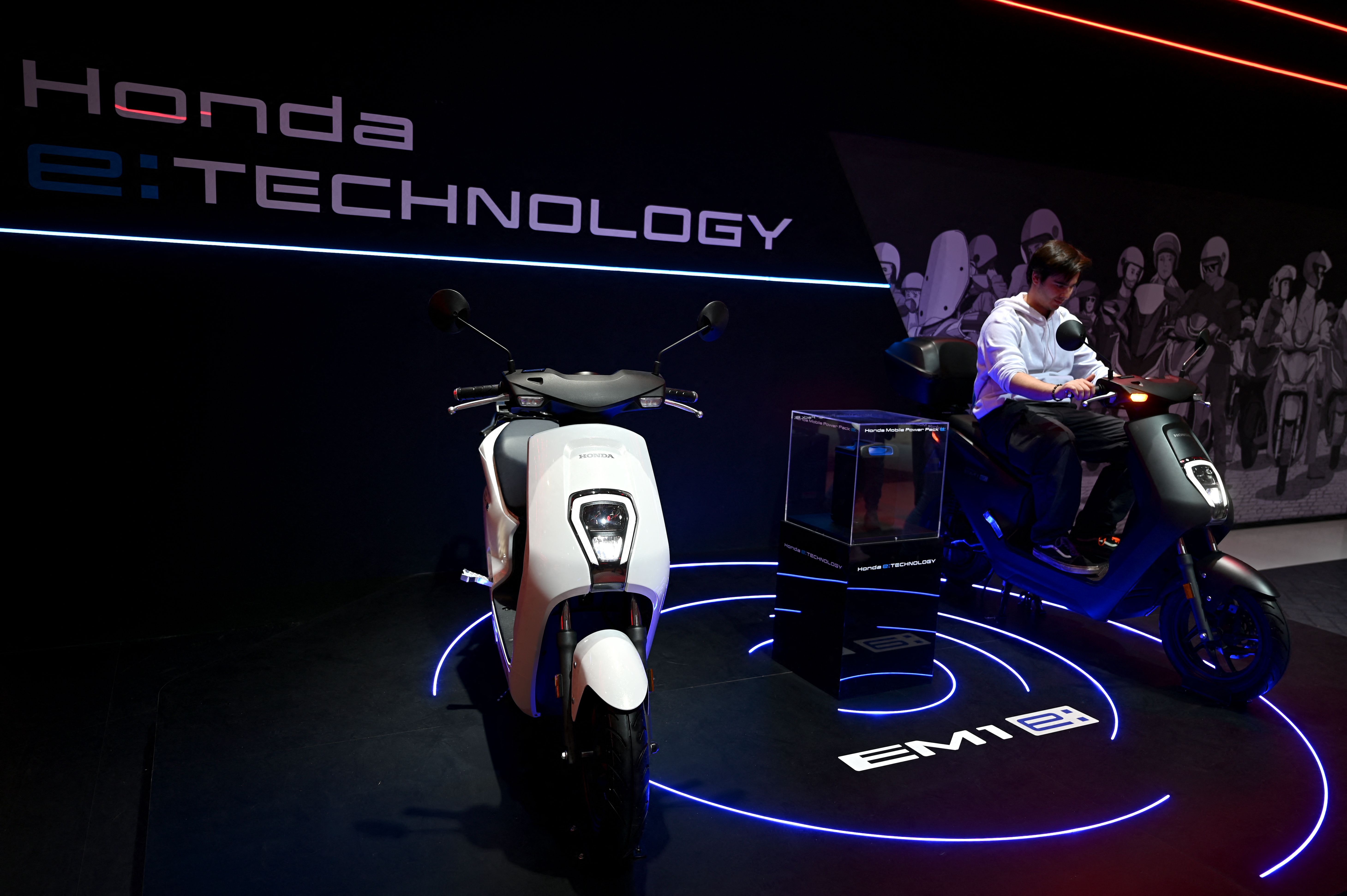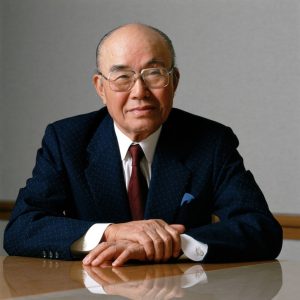Honda to Invest $3.4 Billion in Electric Motorcycles by 2030
Honda Motor Co. has set its sights on an electrifying future, announcing a staggering investment of ¥500 billion ($3.4 billion) in its electric motorcycle business by 2030. This substantial investment signals the company’s heightened commitment to the electric vehicle sector, with an ambitious target of achieving 4 million unit sales annually by the same year, an upgrade from the initial goal of 3.5 million units.
Extensive Expansion and Technological Advancements
The multinational corporation plans to introduce an impressive lineup of 30 new electric motorcycle models globally by 2030. To support this expansive vision, Honda is gearing up to initiate dedicated electric motorcycle plants across the globe, commencing operations around 2027. Employing new technology that slashes assembly line lengths by approximately 40%, the company is poised to revolutionize its manufacturing processes for enhanced efficiency.

Image Source: bloomberg.com
Daiki Mihara, head of Honda’s motorcycle electrification development division, emphasized the company’s commitment to making electric motorbikes financially accessible, aiming to match the pricing of internal combustion engine (ICE) models.
Regional Focus and Battery Innovations
Honda’s strategic expansion plans prioritize regions like India and the ASEAN region for bolstering market presence. Highlighting this direction, Mihara hinted at the probability of establishing new production facilities in these key areas.
In an endeavor to stay at the forefront of technological advancements, Honda has been actively developing lithium ferro-phosphate batteries. The company is scheduled to integrate these cutting-edge batteries into its electric motorcycles by 2025. Additionally, Honda aims to diversify its battery portfolio to cater to varying performance and cost requirements, paving the way for a wider array of product variations.
Looking towards the mid- to long-term future, Honda remains committed to exploring batteries with high energy density, including the potential adoption of all-solid-state batteries currently in development. With an ambitious goal of reducing the cost of finished electric motorcycles by a substantial 50%, Honda is driving towards making electric mobility more economically viable.
In its broader strategic framework, Honda aims for an operating profit margin of more than 10% for its motorcycle business by 2030, with electric motorcycles targeting a margin of over 5%. This financial ambition underscores the company’s commitment to both innovation and profitability.
Amidst these electric ambitions, Honda recently announced robust numbers in its automobile segment, recording a notable surge in global output and sales for October, signaling its strong market presence across different vehicular domains.

I am a law graduate from NLU Lucknow. I have a flair for creative writing and hence in my free time work as a freelance content writer.

